Beginners Tips to Understand Fly Fishing
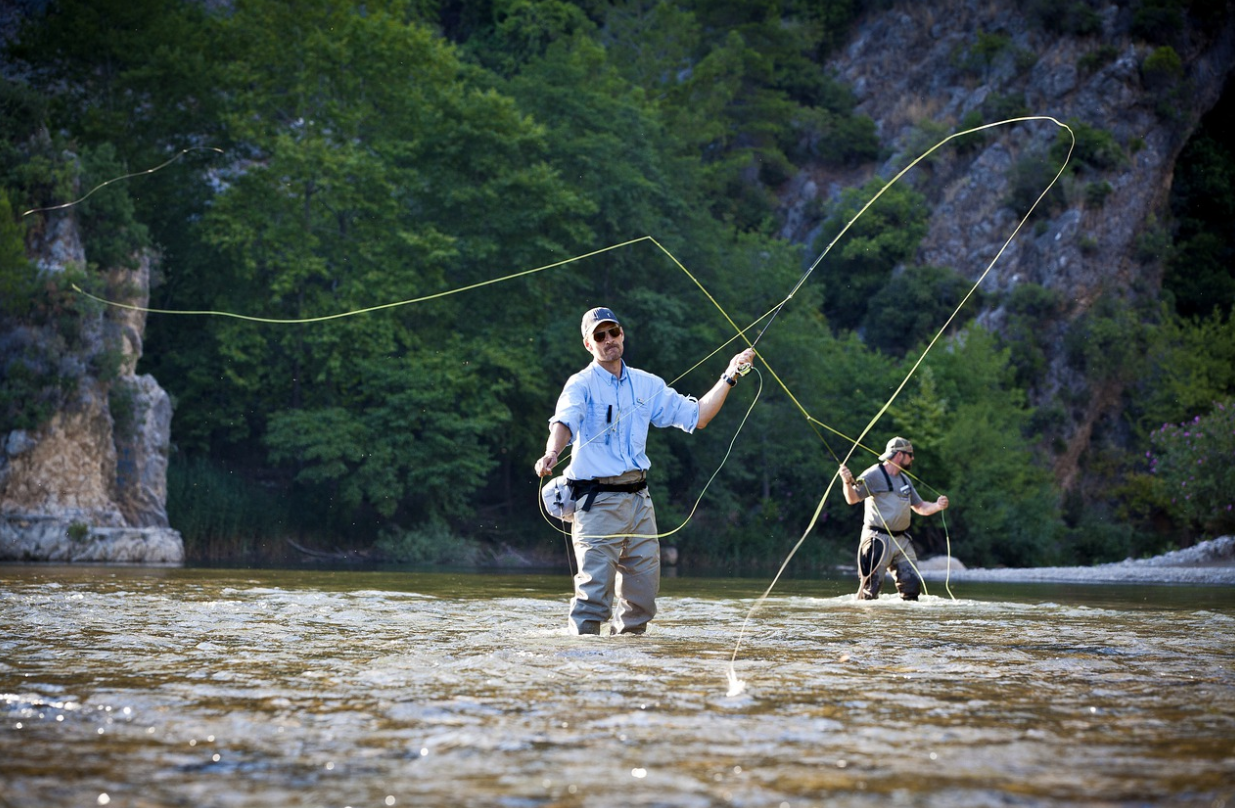
Everyone might be familiar with fishing. However, some people might not know that there are some types of fishing, such as fly fishing. Fly fishing is suitable for both genders, either men or women. Besides, there are some differences between this kind of fishing with others. If you are interested in trying fly fishing, you should read more here. One of the crucial factors in fly fishing is you must know the best time of day to fish. Therefore, you can get the most of it. Below is the guide to attempt fly fishing for the first time.

Prepare the Equipment
You will need to prepare the kits more carefully. The first one is a practice rod, which is a rod with thread and a small bunch of threads on the long side. You can make your practice rod or buy one. Then, you should bring waders. If you plan on fishing in rivers or anywhere else you’re going to be on the water, waders are a must. They will keep your legs dry and warm. The great thing about waders is that there are many durable waders designed specifically for a woman. Besides, it would be better to bring wading boots. If you have waders with socks, you’ll need boots or shoes to put on while wading. They are available with felt bottoms, rubber bottoms, or metal cleats.
Determine the Spot
 Fly rods are usually larger than conventional fly rods but can vary in length. If you’re fishing in narrow areas, such as small streams or slow-growing rivers, rods shorter than 6-8 feet are a requirement. In larger bodies of water where longer growth is needed to reach the fish, or where larger growth is needed, an 8-10 foot rod will do the job well. This rod is great for dry fly or nymph fishing and will allow you to reach some of the complex flows found in a river. A rod longer than 10 feet is usually a Spey or Switch rod. Look for areas that provide a natural refuge for fish, such as rocks, fallen trees, near boat docks, with an escape route for fish.
Fly rods are usually larger than conventional fly rods but can vary in length. If you’re fishing in narrow areas, such as small streams or slow-growing rivers, rods shorter than 6-8 feet are a requirement. In larger bodies of water where longer growth is needed to reach the fish, or where larger growth is needed, an 8-10 foot rod will do the job well. This rod is great for dry fly or nymph fishing and will allow you to reach some of the complex flows found in a river. A rod longer than 10 feet is usually a Spey or Switch rod. Look for areas that provide a natural refuge for fish, such as rocks, fallen trees, near boat docks, with an escape route for fish.
Optimize the Cast
Consists of two casts, one backward and one forward. In this case, the fly is placed about 8-10 feet above the ground and the leg is lifted in a quick but firm motion, then snapped. With a sudden stop around the 2:00 mark, you then snap the line forward with along with also a surprise stop around the 10:00 mark. Joan Wulff uses a screen door to illustrate this technique. She uses the motion of releasing and pressing the button on the screen handle. It is a lift and snaps motion and it is important to stay calm because if you rip the surface of the water, you will chase all the fish away.
Start the Fly Fishing
After optimizing the cast, you can start the fly fishing. This cast is very useful when trying to avoid obstacles or in windy conditions. To begin, tilt your shoulder toward the target and make a cast that resembles a negative cast or a forward cast, but backward, with the fly landing slightly behind you. Many people overthink this cast and try many different maneuvers, but if you can complete a great forward cast, you can certainly do the exact reverse cast. The tips to remember are to bring your shoulder towards the target, keep your knees slightly bent, and throw in a line.
This throw is advantageous when casting around the current and is much easier to learn than correcting the line. Especially in areas where there is no room for a backcast. It is ideal for targeting a fish that is 20 feet from you. Casting is done by throwing a dot into the water and then tilting the rod back to round the ear, and …



 Choose whether you would like a huge BBQ or a little one. If you’re hosting a major barbecue, invite everyone you know, and boost the number of hours of this celebration so that everybody will get a chance to stop by. If you’re anticipating many individuals, then plan on accepting guests’ supplies to bring beverages or easy desserts that require little cleaning or set up in your area. Some excellent examples you may encourage individuals to get are soda, beer, cookies, or brownies.
Choose whether you would like a huge BBQ or a little one. If you’re hosting a major barbecue, invite everyone you know, and boost the number of hours of this celebration so that everybody will get a chance to stop by. If you’re anticipating many individuals, then plan on accepting guests’ supplies to bring beverages or easy desserts that require little cleaning or set up in your area. Some excellent examples you may encourage individuals to get are soda, beer, cookies, or brownies.
 First of all, you should give your pet his food at his usual times. This regular feeding time can show your furry friend that you are there for him. More importantly, the consistency of feeding time can build the dog’s trust and understanding. This way, they can learn and know you and your family better.
First of all, you should give your pet his food at his usual times. This regular feeding time can show your furry friend that you are there for him. More importantly, the consistency of feeding time can build the dog’s trust and understanding. This way, they can learn and know you and your family better. Suppose you have children, it might give you an advantage. It helps your dog to adjust to his new life better. Thus, the second tip would be to involve the children. You can ask your children to offer treats to the dog when it is doing regular activity. The children can become close to the dog, especially during its resting and eating activity. However, if the dogs appear to growl while showing inappropriate behavior, halt and inform the puppy that this is not appropriate behavior in an acceptable manner.
Suppose you have children, it might give you an advantage. It helps your dog to adjust to his new life better. Thus, the second tip would be to involve the children. You can ask your children to offer treats to the dog when it is doing regular activity. The children can become close to the dog, especially during its resting and eating activity. However, if the dogs appear to growl while showing inappropriate behavior, halt and inform the puppy that this is not appropriate behavior in an acceptable manner.
 And I believe precisely the identical manner every time just a tiny company owner says he does not have a business program. The
And I believe precisely the identical manner every time just a tiny company owner says he does not have a business program. The  Fruitful stating our online correspondences guarantee these incredible methodologies and options we have made above to reach the supervisors, laborers, and chiefs. We ought to interpret the substantial degree, key aims and believing in these endeavors to clean bearings for continuing action. What is more, we ought to be sure everybody understands.
Fruitful stating our online correspondences guarantee these incredible methodologies and options we have made above to reach the supervisors, laborers, and chiefs. We ought to interpret the substantial degree, key aims and believing in these endeavors to clean bearings for continuing action. What is more, we ought to be sure everybody understands.

 It would be best to have a mentor who can bring first-hand experience and expertise when you stumble into a situation. Working to learn what’s wrong with your business is brave, but pride only leads to more failure and putting yourself at risk. Don’t be too proud to ask other men and women. Asking experts for information can lead to mutually beneficial collaboration in the long run. It is never a terrible idea to ask for assistance from the experts!
It would be best to have a mentor who can bring first-hand experience and expertise when you stumble into a situation. Working to learn what’s wrong with your business is brave, but pride only leads to more failure and putting yourself at risk. Don’t be too proud to ask other men and women. Asking experts for information can lead to mutually beneficial collaboration in the long run. It is never a terrible idea to ask for assistance from the experts!
 Frequently pirate
Frequently pirate  P2P or peer-reviewed sharing websites enable the sharing of electronic files by one of “peers.” After that, you can transfer specific copies of those files from 1 pc to another. Even though it’s legal to share considerable quantities of information or files, customers frequently exchange copyrighted material. Individuals may think their documents are merely available to a couple of buddies.
P2P or peer-reviewed sharing websites enable the sharing of electronic files by one of “peers.” After that, you can transfer specific copies of those files from 1 pc to another. Even though it’s legal to share considerable quantities of information or files, customers frequently exchange copyrighted material. Individuals may think their documents are merely available to a couple of buddies.

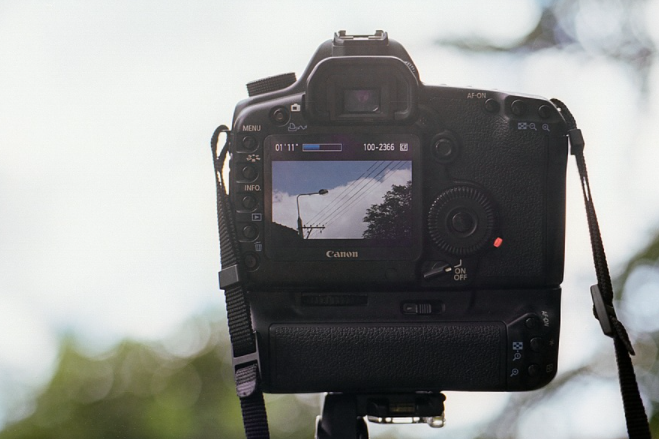

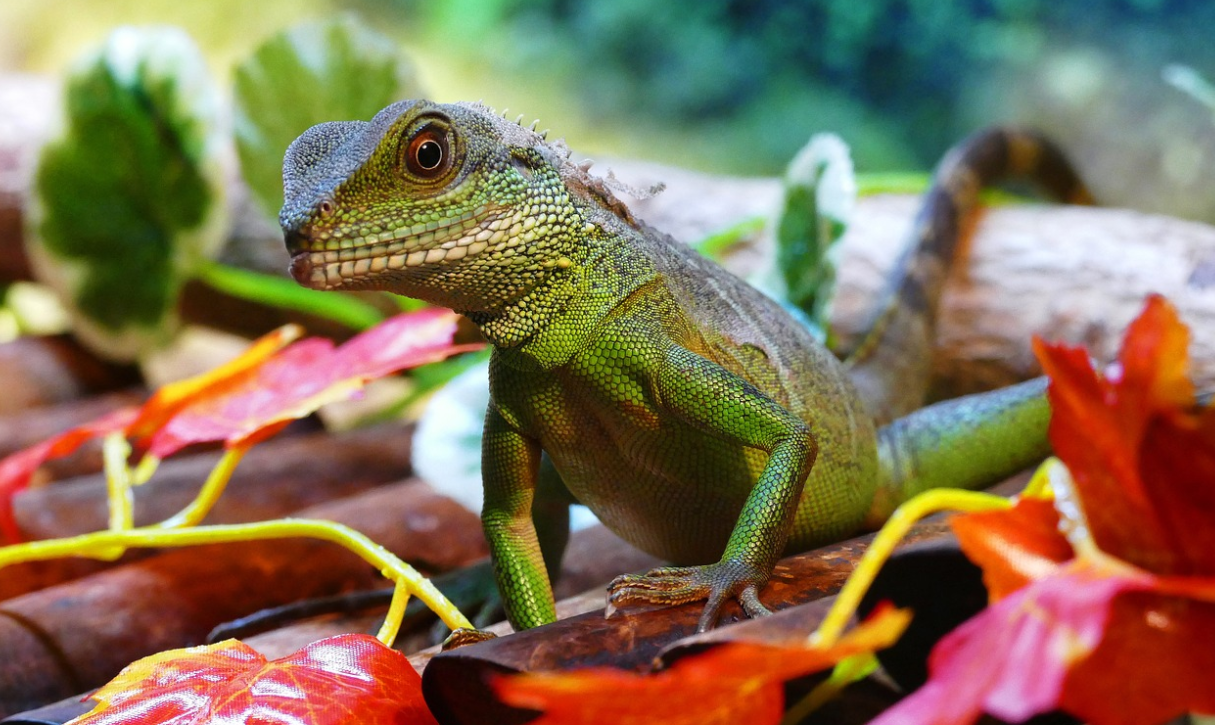
 Regarding the issues above, you should understand how to
Regarding the issues above, you should understand how to 
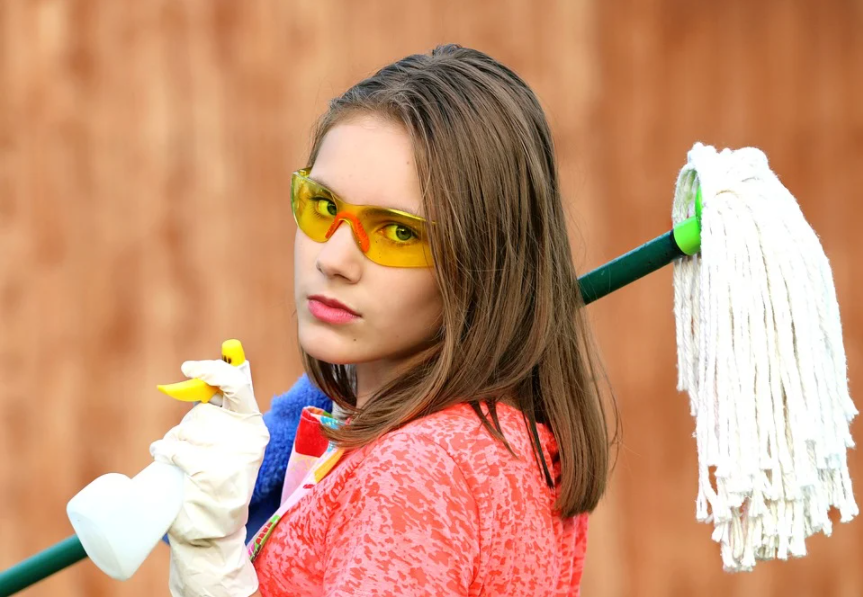



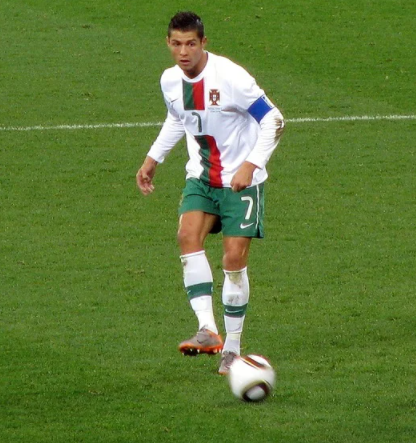



 Many people ignore product labeling when they buy something. But checking the label is very important when it comes to e-juice. You can always find professional labeled products in a good and reliable company. This shows that a company is committed and serious in what they do. Labeling also gives vital information about the manufacturer, expiry date, and ingredients.
Many people ignore product labeling when they buy something. But checking the label is very important when it comes to e-juice. You can always find professional labeled products in a good and reliable company. This shows that a company is committed and serious in what they do. Labeling also gives vital information about the manufacturer, expiry date, and ingredients.



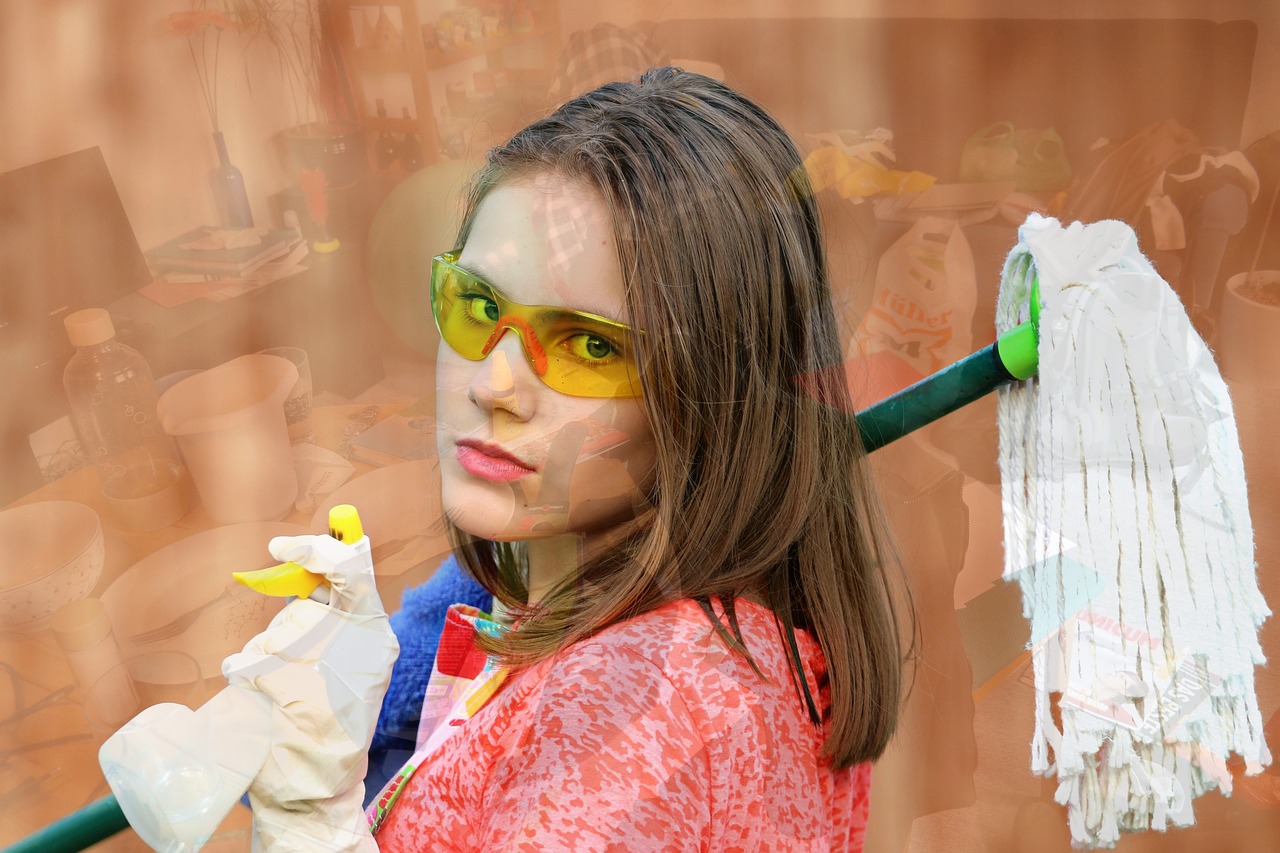
 With all the debris being left on the floor, it will lead to deteriorating your surface, be it the streets or the industrial facilities. By neglecting to clean it, you’ll have to replace the flooring or get it repaired, which is very expensive compared to the cleaning services that you can get.
With all the debris being left on the floor, it will lead to deteriorating your surface, be it the streets or the industrial facilities. By neglecting to clean it, you’ll have to replace the flooring or get it repaired, which is very expensive compared to the cleaning services that you can get.
 The main work of a mechanic is to diagnose your vehicle for problems. They should diagnose the vehicle and identify the problem quickly. The last thing you want is to hire someone who will spend hours just trying to find out what is wrong with your car.
The main work of a mechanic is to diagnose your vehicle for problems. They should diagnose the vehicle and identify the problem quickly. The last thing you want is to hire someone who will spend hours just trying to find out what is wrong with your car. Communication is a vital component of any business relationship. The mechanic should be able to communicate well and explain what the problem is with your vehicle.
Communication is a vital component of any business relationship. The mechanic should be able to communicate well and explain what the problem is with your vehicle.
 It is always good to do a feasibility study of every business idea before implementing it. This is because a business idea may promise you milk and honey in the beginning but take you to the garden of rocks afterward.
It is always good to do a feasibility study of every business idea before implementing it. This is because a business idea may promise you milk and honey in the beginning but take you to the garden of rocks afterward.
 The size of monitor must be big; you must prefer some high definition monitor (WQHD) having 2,560 by 1,440 pixels as maximum resolution. As compared to FHD the higher pixel counts are likely to produce a much clear image. At the same time, you may also need strong and efficient graphic engine to support games at higher resolutions.
The size of monitor must be big; you must prefer some high definition monitor (WQHD) having 2,560 by 1,440 pixels as maximum resolution. As compared to FHD the higher pixel counts are likely to produce a much clear image. At the same time, you may also need strong and efficient graphic engine to support games at higher resolutions. The best gaming monitors are those who have high rates of refreshing as well as quick response to pixels. Gray to gray is the widely used pixel response which shows the rate of pixel transfer from various shades of gray. Any gaming monitor with the response rate of 2milliseconds or even lesser is considered perfect.
The best gaming monitors are those who have high rates of refreshing as well as quick response to pixels. Gray to gray is the widely used pixel response which shows the rate of pixel transfer from various shades of gray. Any gaming monitor with the response rate of 2milliseconds or even lesser is considered perfect.
 Some of these ornaments include watches, necklaces, and earrings. They can be made from different materials or minerals. We have seen gold and diamond adornments in the market. Popularly known as jewelry, they are expensive because of the value of minerals used in making them. Despite their price, many will still save money to buy them. Here is why people put on jewelry.
Some of these ornaments include watches, necklaces, and earrings. They can be made from different materials or minerals. We have seen gold and diamond adornments in the market. Popularly known as jewelry, they are expensive because of the value of minerals used in making them. Despite their price, many will still save money to buy them. Here is why people put on jewelry. Some people will put on expensive ornaments because of the kind of value they bear. Putting on gold or diamond is a form of self-explanation to other people about your status in the society. We have seen musicians who put on more gold or silver chains to show off how rich or valuable they are at the moment. You can sell your jewelry anytime at a relatively higher price because their value does not depreciate.
Some people will put on expensive ornaments because of the kind of value they bear. Putting on gold or diamond is a form of self-explanation to other people about your status in the society. We have seen musicians who put on more gold or silver chains to show off how rich or valuable they are at the moment. You can sell your jewelry anytime at a relatively higher price because their value does not depreciate.

 This is by far the most practical method, and it is especially ideal if you are in a hurry to sell and move or want some money for another important project. Cash buyers will not require any modifications to be made to your house, and they are happy to purchase it in its present condition. The entire process can be completed in a matter of days, and you will not have to waste any time showing people around.
This is by far the most practical method, and it is especially ideal if you are in a hurry to sell and move or want some money for another important project. Cash buyers will not require any modifications to be made to your house, and they are happy to purchase it in its present condition. The entire process can be completed in a matter of days, and you will not have to waste any time showing people around.
 because it improves the aesthetics, thus making it more appealing to more customers. On the other hand, a good selection of well-placed plants are capable of acting as natural coolants, this, in the long run, will help you in cutting costs to cool or heat your house.
because it improves the aesthetics, thus making it more appealing to more customers. On the other hand, a good selection of well-placed plants are capable of acting as natural coolants, this, in the long run, will help you in cutting costs to cool or heat your house. Plants and trees have been found to provide stress relief. Research carried out on human interaction with plants, shows that people perform well when working in surroundings with plants. Of course, this enhances production levels of workers within business environments. Environments with proper landscape planning also create an attractive and relaxing aura; this, therefore, makes people reside well in areas with a great population.…
Plants and trees have been found to provide stress relief. Research carried out on human interaction with plants, shows that people perform well when working in surroundings with plants. Of course, this enhances production levels of workers within business environments. Environments with proper landscape planning also create an attractive and relaxing aura; this, therefore, makes people reside well in areas with a great population.…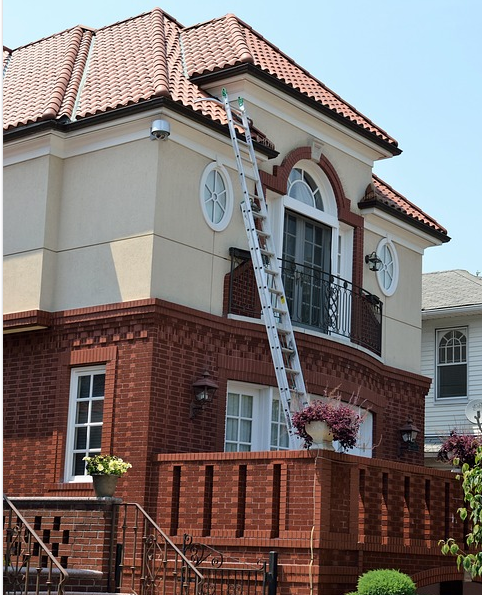
 When there is a clog in the drainage system, you might be tempted to handle it by yourself. Depending on the situation, for example, if the cause of clogging is just a mass of waste that can be pulled out regularly, then you can clear the clogged pipe by yourself with a plunger or a snake. But if you notice that there are no apparent reasons for the blocked drain, then do not attempt to disassemble the drainpipes by yourself. Big chance is you are going to break a seal of the pipe joint without having the right tool to put it back together.
When there is a clog in the drainage system, you might be tempted to handle it by yourself. Depending on the situation, for example, if the cause of clogging is just a mass of waste that can be pulled out regularly, then you can clear the clogged pipe by yourself with a plunger or a snake. But if you notice that there are no apparent reasons for the blocked drain, then do not attempt to disassemble the drainpipes by yourself. Big chance is you are going to break a seal of the pipe joint without having the right tool to put it back together. Siding provides a damping mechanism for your house’s wall. There are various siding materials on the market. They offer different types of exterior look and protection.
Siding provides a damping mechanism for your house’s wall. There are various siding materials on the market. They offer different types of exterior look and protection. Forget that old-school oriented brand preference. Newer windows have much better insulation system and temperature-keeping system. But what brands are to choose? Even with the right brand and material, however, a careless DIY procedure can drastically ruin
Forget that old-school oriented brand preference. Newer windows have much better insulation system and temperature-keeping system. But what brands are to choose? Even with the right brand and material, however, a careless DIY procedure can drastically ruin



 hat go into making everything faster, and packaging is one of them. Processes like packaging can either make or break a company. The faster the products can be packaged the better, making the delivery time very fast. This is why people need the best packaging equipment. By reading reviews and investigating to learn about the industry standards, one can tell the best packaging tools to use in their daily packaging endeavors.
hat go into making everything faster, and packaging is one of them. Processes like packaging can either make or break a company. The faster the products can be packaged the better, making the delivery time very fast. This is why people need the best packaging equipment. By reading reviews and investigating to learn about the industry standards, one can tell the best packaging tools to use in their daily packaging endeavors. ake sure that the product reaches the end customer while still intact and safe. There are many moving parts in ensuring that a product is safe, including but not limited to specialized transportation. But the first line of defense and only sure way to ensure and foster product safety is to make sure that they are packages the right way and to achieve this you need to rely on packaging equipment that is of the highest quality. This ensures that your business will be able to provide the best packaging.…
ake sure that the product reaches the end customer while still intact and safe. There are many moving parts in ensuring that a product is safe, including but not limited to specialized transportation. But the first line of defense and only sure way to ensure and foster product safety is to make sure that they are packages the right way and to achieve this you need to rely on packaging equipment that is of the highest quality. This ensures that your business will be able to provide the best packaging.…
 Force keyboard you definitely need a gaming keyboard with background lighting for the hardcore game. And what could be better than a keyboard with RGB background lighting? Gates RGB real force’s keyboard provides you with everything you need a durable and soft keyboard. The best of all is the colour change of the background lighting, which offers high visibility on the buttons, even in complete darkness.
Force keyboard you definitely need a gaming keyboard with background lighting for the hardcore game. And what could be better than a keyboard with RGB background lighting? Gates RGB real force’s keyboard provides you with everything you need a durable and soft keyboard. The best of all is the colour change of the background lighting, which offers high visibility on the buttons, even in complete darkness. Now you can underestimate the importance of a comfortable chair, but we recommend that you feel as comfortable as possible before entering the game mode. Put yourself in a bad posture too long will definitely affect your body and your game. The type of chair you choose depends entirely on you and can vary from person to person. But a good chair helps PC, Xbox, PS or any kind …
Now you can underestimate the importance of a comfortable chair, but we recommend that you feel as comfortable as possible before entering the game mode. Put yourself in a bad posture too long will definitely affect your body and your game. The type of chair you choose depends entirely on you and can vary from person to person. But a good chair helps PC, Xbox, PS or any kind …

 This type of retail floor plan is also known as the racetrack layout. Of the three options, it is considered the best at created guided shopping. Ideally, a loop design is more or less a defined pathway aimed at taking the customer to most items of display. A loop shop floor is highly preferred when it comes to combining both the free flow and the grid layout.
This type of retail floor plan is also known as the racetrack layout. Of the three options, it is considered the best at created guided shopping. Ideally, a loop design is more or less a defined pathway aimed at taking the customer to most items of display. A loop shop floor is highly preferred when it comes to combining both the free flow and the grid layout.


